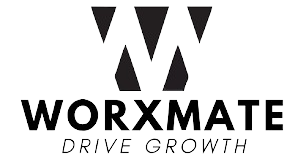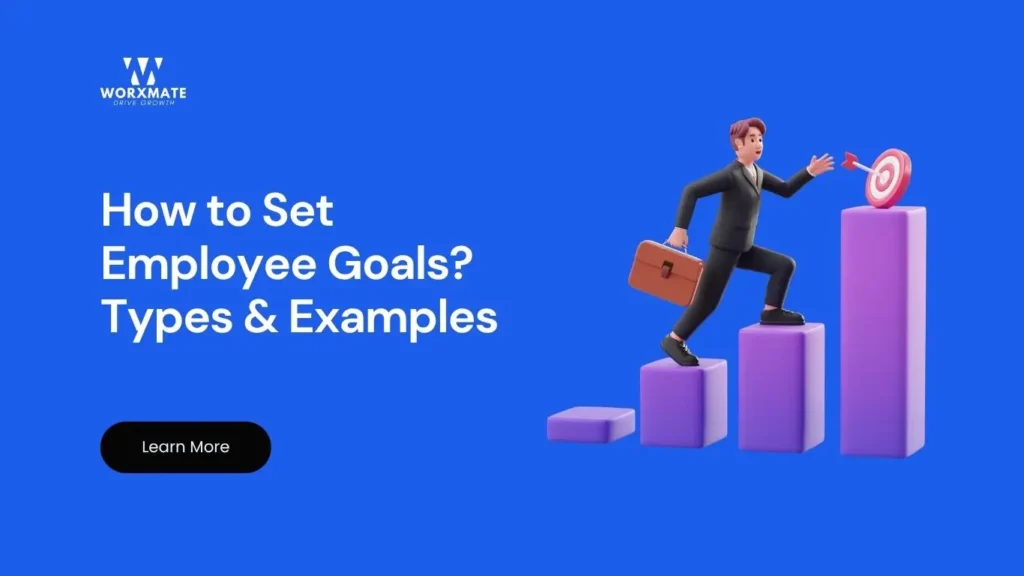Summary:
Employee goals are specific, measurable objectives that align individual performance with organizational success. When implemented effectively, they provide clarity, boost motivation, and create a roadmap for professional development. Well-structured employee goals bridge the gap between daily tasks and company vision, making them essential for both personal growth and business achievement.
Why Employee Goals Matter for Organizational Success
Setting clear employee goals is one of the most powerful yet underutilized tools for driving organizational success.
When implemented effectively, employee goals create alignment between individual efforts and company objectives, resulting in up to 22% higher performance according to Gartner research.
The impact is significant: employees with well-defined goals are 14.2 times more likely to feel inspired at work and 3.6 times more likely to be committed to their organization.
Yet despite these benefits, only 16% of employees clearly understand their company’s priorities and goals.
Effective employee goals serve multiple purposes simultaneously. They provide direction, create accountability, and establish clear expectations for performance.
When employees understand how their individual contributions connect to broader organizational success, engagement and productivity naturally follow.
How to Set Effective Employee Goals
-
Align Individual Goals with Company Objectives
The foundation of effective goal setting begins with alignment. When employee goals directly support organizational objectives, everyone works toward shared success.
Ensuring this alignment fosters transparency and strengthens employees’ connection to their roles, which can boost productivity by up to 22%.
To achieve this alignment:
-
- Clearly communicate organizational objectives and mission to all employees
- Break down these objectives into smaller, measurable tasks for individuals
- Ensure each employee understands how their goals contribute to the bigger picture
According to McKinsey research, 72% of employees cite goal setting as a strong motivator, especially when goals are measurable and clearly linked to company priorities.
-
Collaborate with Employees on Goal Setting
Involving employees in the goal-setting process dramatically increases engagement and commitment. Gallup found that employees whose managers involve them in goal setting are 3.6 times more likely to be engaged, yet only 30% of workers strongly agree that their manager involves them in this process.
Effective collaboration includes:
-
- Scheduling one-on-one meetings specifically for goal discussions
- Asking employees to identify meaningful goals related to their jobs
- Working together to develop action plans for goal achievement
This collaborative approach helps employees discover how their actions contribute to long-term company growth while increasing their commitment to achieving those goals.
-
Create SMART Employee Goals
The SMART framework remains one of the most effective approaches for setting clear, actionable employee goals. SMART goals are:
-
- Specific: Clearly define what, why, and how
- Measurable: Include objective metrics of success
- Attainable: Ensure goals are challenging but achievable
- Relevant: Support overall objectives
- Time-bound: Set clear deadlines
Research shows that specific and challenging goals lead to higher performance 90% of the time compared to easy goals or vague “do your best” instructions.
For example, rather than setting a vague goal like “improve customer service,” a SMART goal would be “increase customer satisfaction ratings by 15% within the next quarter”.
Types of Employee Goals to Consider
-
Performance Goals
Performance goals focus on specific work-related outcomes and metrics that directly impact business results. These goals create clear, measurable performance standards and define expectations for success.
Examples include:
-
- Increase monthly active users by 25% within the next quarter
- Maintain an 85%+ average customer satisfaction rating
- Reduce customer complaints by 15% within 3 months
Performance goals should be directly related to and support the group’s overall objectives, answering the question: “What is expected of the employee in their position?”
-
Personal Development Goals
Development goals focus on acquiring or enhancing specific knowledge, skills, or behaviors. These goals prepare employees for future responsibilities while aligning with organizational needs.
Examples include:
-
- Complete an advanced technical course to gain a new certification by year-end
- Develop leadership skills by leading a cross-departmental project within six months
- Enhance communication skills by delivering two presentations to the team within the next quarter
Development goals should focus on the employee’s strengths, talents, and interests while answering: “In what areas should the employee develop for the future?”
Case Study: How Goal Setting Transformed Performance
-
PwC’s Research on Small Wins and Big Outcomes
A comprehensive yearlong study by PwC examined the habits, performance, and well-being of 12,000 employees across various industries.
The research revealed that workers who regularly set modest short-term goals were significantly more likely to achieve broader company performance targets.
The study found that employees who set four daily goals per week were 34% more likely to hit their KPI targets than those who didn’t.
Additionally, employees who completed goals were 28% more likely to record a positive mood, and those who celebrated their successes or a colleague’s success were 59% more likely to report positive emotions.
At one software company in the study, a tech support team implemented daily goal-setting meetings to address a backlog of customer service tickets.
Team members who set and completed at least one goal per day reduced ticket resolution time by 10% compared to colleagues who didn’t set goals.
Gartner’s research further supports these findings, showing that when employee goals are aligned to both organizational and employee needs, performance increases by up to 22%. This alignment creates a powerful connection between daily activities and strategic priorities.
Best Practices for Employee Goal Management
-
Regular Check-ins and Feedback
Effective goal management requires ongoing communication and adjustment. Regular check-ins between managers and employees help track progress, provide guidance, and make necessary adjustments. This continuous feedback loop ensures goals remain relevant and achievable.
McKinsey’s research indicates that employees feel more motivated when their goals are updated throughout the year to align with changing team and company priorities.
These regular touchpoints also provide opportunities to celebrate successes and address challenges before they become obstacles.
-
Track Progress and Measure Results
Accountability is essential for goal achievement. Holding both employees and managers accountable throughout the process helps team members stay on track and increases the likelihood of reaching objectives.
PwC’s research found that employees who tracked their progress weekly were 40% more likely to succeed than those who didn’t.
Clear metrics and regular progress updates remove confusion regarding expectations and identify where additional support might be needed.
-
Adjust Goals When Necessary
Goals shouldn’t be set in stone. External factors may hinder performance, or roles may change, making original goals irrelevant.
Supervisors who adjust goals according to changing priorities see employees become 6.7 times more motivated to take action.
Revisiting objectives regularly (e.g., quarterly) ensures goals remain SMART and aligned with evolving business needs. This flexibility demonstrates responsiveness to changing conditions while maintaining focus on what matters most.
Leveraging Technology: Employee Goal Setting Software
Modern goal setting software can streamline the entire process, from creation to tracking and reporting. These platforms enhance transparency, facilitate alignment, and provide real-time insights into progress.
Leading solutions like Worxmate’s Performance Management Software offer features including:
- Goal tracking and alignment visualization
- Customizable dashboards for progress monitoring
- Regular check-in reminders and notifications
- Performance analytics and reporting
According to research, companies using structured goal management systems see significantly higher goal achievement rates and employee engagement.



